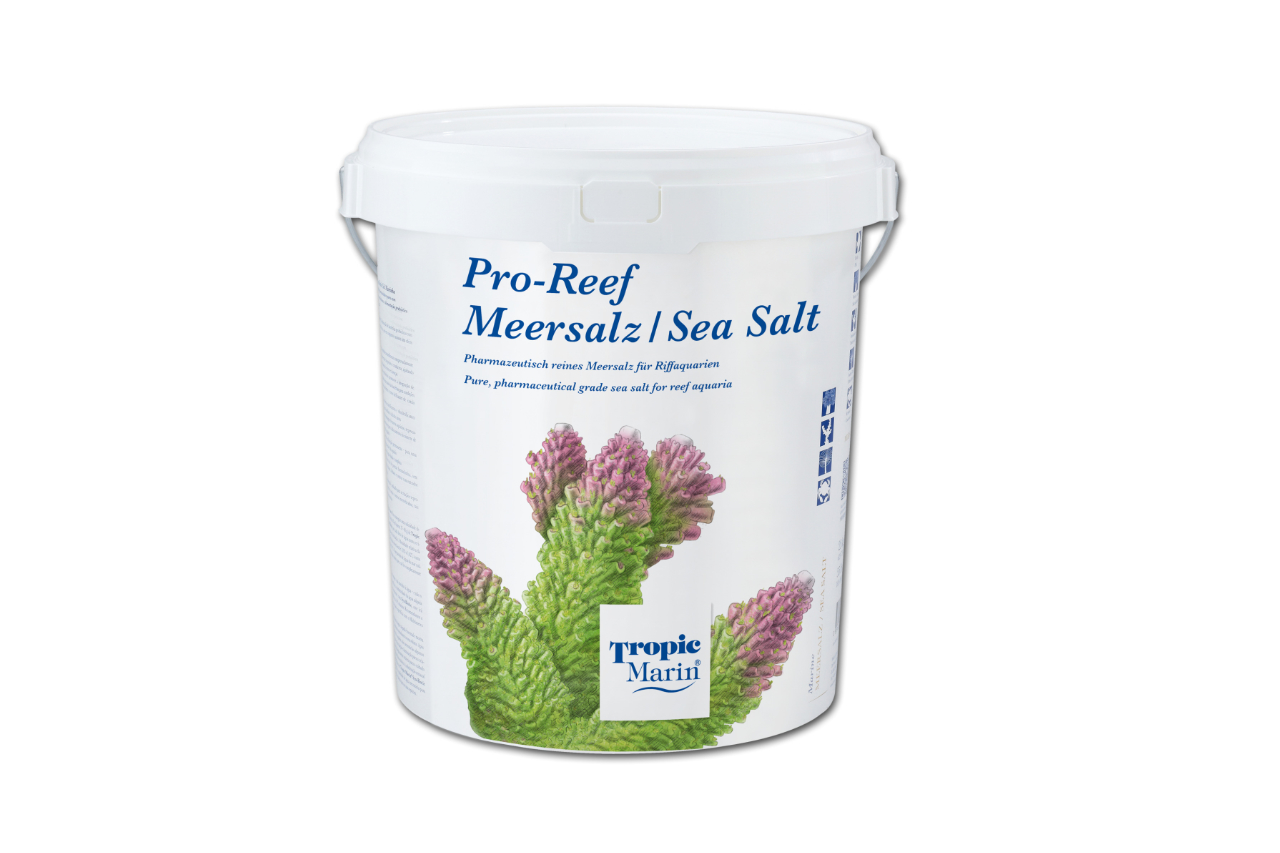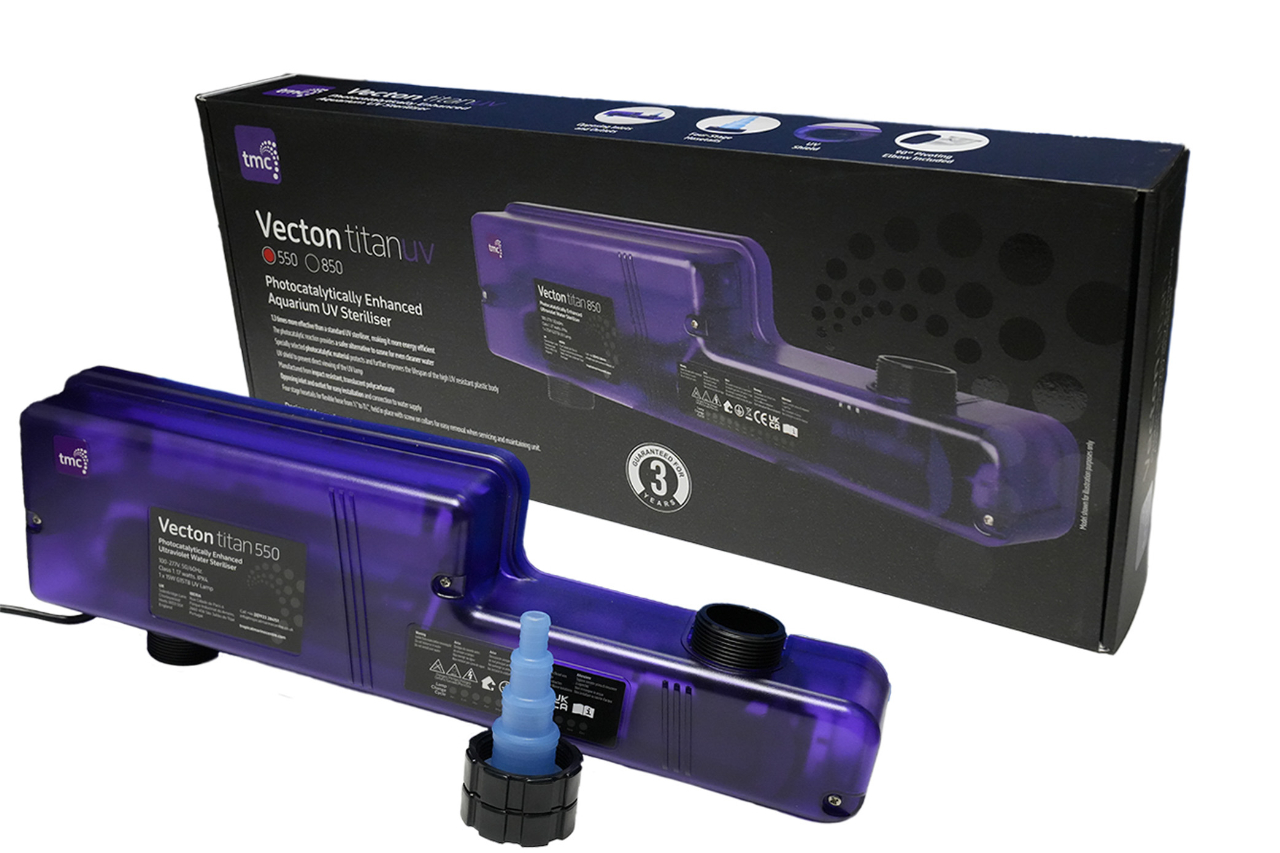The Best In Biosecurity

Biosecurity is a word that some of you have heard of, but it would be no surprise if most you hadn't, it just isn't something that comes up in daily conversation. From the 10,000-foot view, across its entire purview, it's a term that includes all the policies and regulations that protect from biological threats. What does it protect? That is a slightly more focused view, depending on who is doing the talking, it could be humans, agriculture, the environment, livestock, the list goes on, if it can be considered biological in nature, and needs protecting, biosecurity applies to it.
For us here at Quality Marine, this obviously applies most directly to the livestock we carry, both fish and invertebrates and we take our charge very seriously. At any given time, we have thousands of individual living organisms here and they can come from pretty much the whole world's oceans as long as they are tropical or sub-tropical. Fish from different oceans are acclimated to living with different biology, they can be more or less susceptible to different pathogens, and some could arrive here carrying different pathogens, that other animals could be perhaps less resistant to, having never been exposed to them in the wild. This sets up laundry list of biosecurity challenges that need to be addressed.

The first of these is water. We are the only facility of our size in North America that mixes the best synthetic sea salt for our holding system as well as our acclimation and packing / shipping stations, and its always Tropic Marin. We do this for a few reasons, number one being because we can ensure that the water in house is pathogen free. Number two is that Tropic Marin Salts are designed for captive systems and have more buffering capacity than natural seawater that relies on volume to maintain its pH stability. In a closed system, natural seawater's limited buffers are quickly exhausted, leading to pH swings that are bad for all of the livestock living in that water. Is this practice more expensive than getting sea water delivered? It absolutely is, but there is no other way to ensure the health and safety of our animal charges.
 The next element of our biosecurity is our holding system itself. We have thousands of bespoke, specialized holding cubes, tanks, invert trays, coral flats and cup raceways that all hold either individuals, or groups that were collected together. Each of these has an its own sterilized water source, no water is ever moved from tank to tank, without first going through our filtration and sterilization system, making cross contamination virtually impossible. The water being fed to these cubes, tanks and trays is treated with more than 12kw of UV light, which is constantly being maintained and bulbs cleaned to optimize its efficiency. Even before water hits the UV, the return water from all the individual holding cubes is collected in a series of high-capacity sumps to be mechanically filtered and is then processed by a bank of massive skimmers of our own proprietary design. Each skimmer is independently fed with a variable supply of ozone controlled by dedicated Redox measuring equipment. The ozonation also acts as a redundant sterilization step, all but eliminating any risk of parasite transfer or bacterial outbreak even in the instance of a failure of any other individual component.
The next element of our biosecurity is our holding system itself. We have thousands of bespoke, specialized holding cubes, tanks, invert trays, coral flats and cup raceways that all hold either individuals, or groups that were collected together. Each of these has an its own sterilized water source, no water is ever moved from tank to tank, without first going through our filtration and sterilization system, making cross contamination virtually impossible. The water being fed to these cubes, tanks and trays is treated with more than 12kw of UV light, which is constantly being maintained and bulbs cleaned to optimize its efficiency. Even before water hits the UV, the return water from all the individual holding cubes is collected in a series of high-capacity sumps to be mechanically filtered and is then processed by a bank of massive skimmers of our own proprietary design. Each skimmer is independently fed with a variable supply of ozone controlled by dedicated Redox measuring equipment. The ozonation also acts as a redundant sterilization step, all but eliminating any risk of parasite transfer or bacterial outbreak even in the instance of a failure of any other individual component.
This is a huge and complex system, but we feel strongly that this is what it takes to responsibly hold this many aquatic organisms. Everything is controlled by computers running real time detailed water parameter and system dynamics readings, and these get monitored by a staff of biologists and maintenance people. Any issues that potentially crop up generate alerts which can happen at any hour, on any day, all year long; these get sent to a dedicated team and there are no days off for this duty. This staff also monitors pH, ORP (oxidation reduction potential), dissolved oxygen, specific gravity as well as nutrient loads using only the highest quality instruments and spectrophotometry. These parameters and testing protocols have been developed here, over the last five decades, with detailed records for the entire span, allowing us an incredible historical perspective to lean on when making changes to the system, or the protocols.
Of course, biosecurity here also entails looking out for the humans here as well. While very few of these critters pose any kind of threat to people, there are occasionally some fish and invertebrates that do. We limit the handling of these types of animals, both by importing very few of them, and because venomous fish usually have spines that make them tricky to deal with. We regularly train the few people who are allowed to deal with these types of critters and enforce strict protocols in their handling.
Biosecurity for us is not just a buzzword. It's the way we've been doing business for more than five decades. We've been dedicated to bringing the world the highest quality fish and invertebrates since our inception and because of this we have been pioneers in biosecurity as it relates to captive aquatics that entire time; ages before biosecurity were even a term. We have long been the standard bearers for our industry, the business everyone else can model on. We push to be the best in every single aspect in this world of captive aquatics, and we plan on continuing to lead the way.